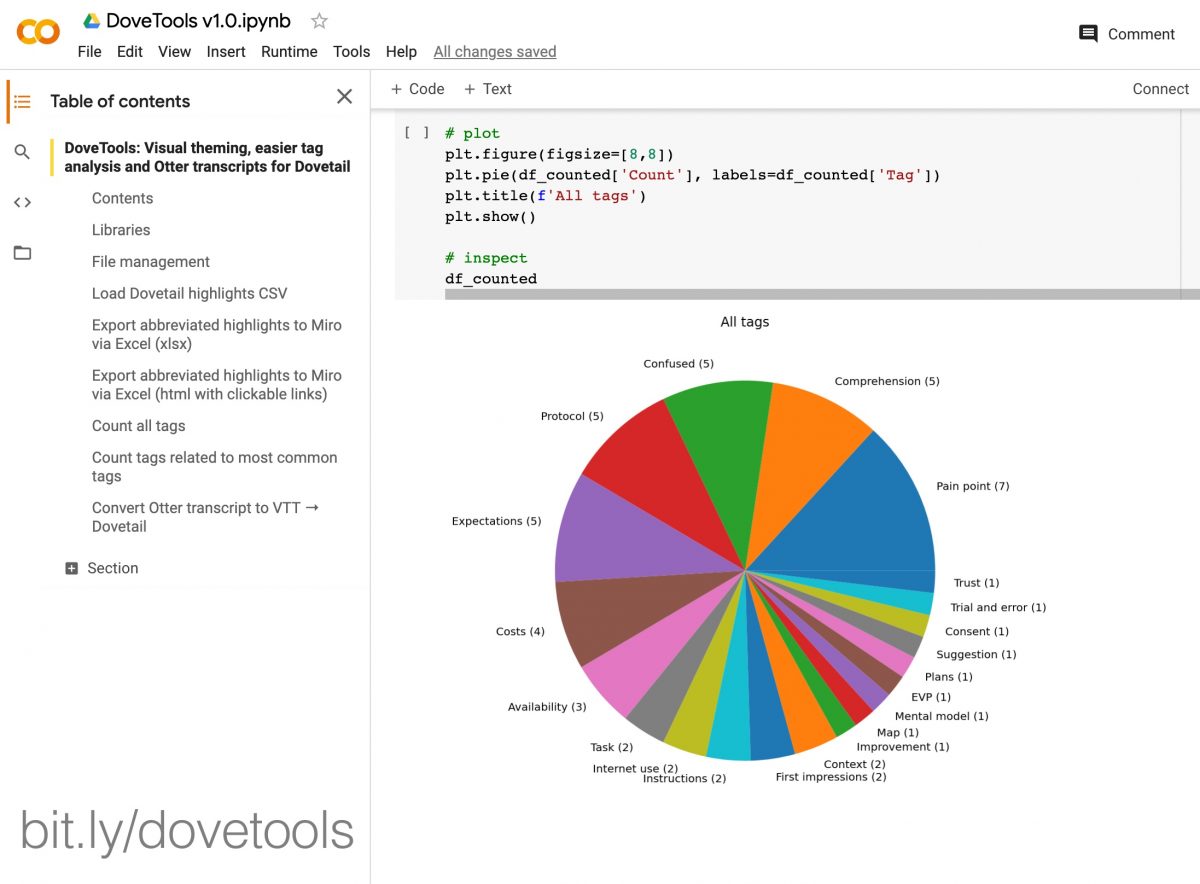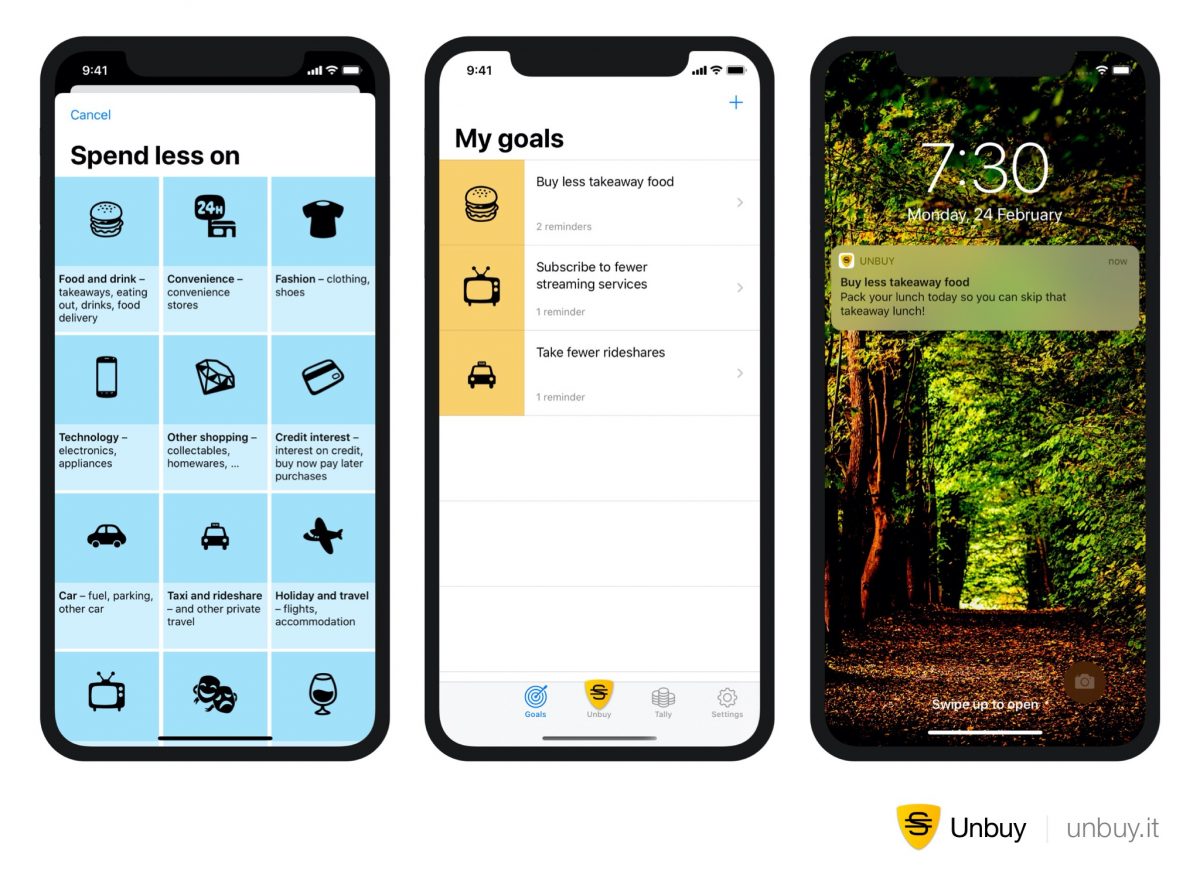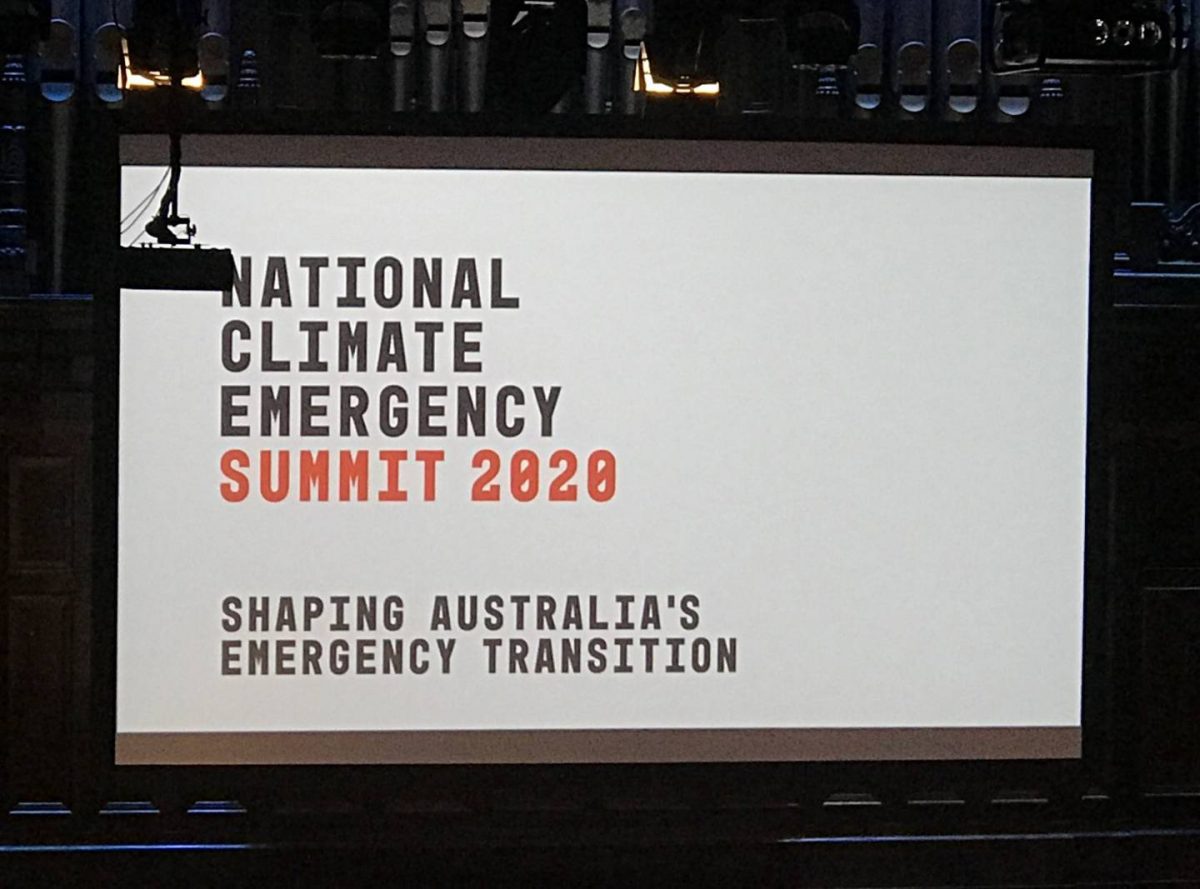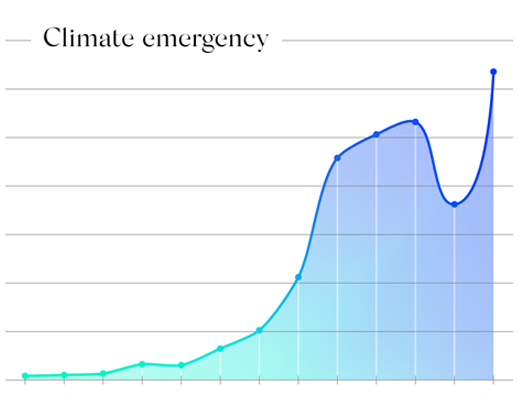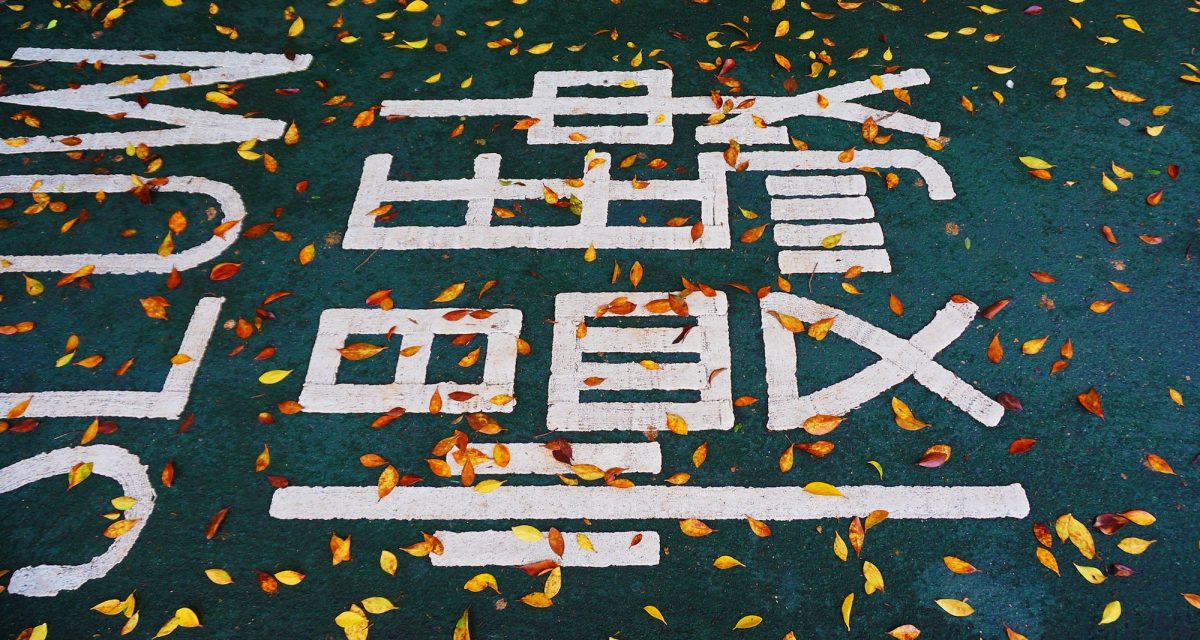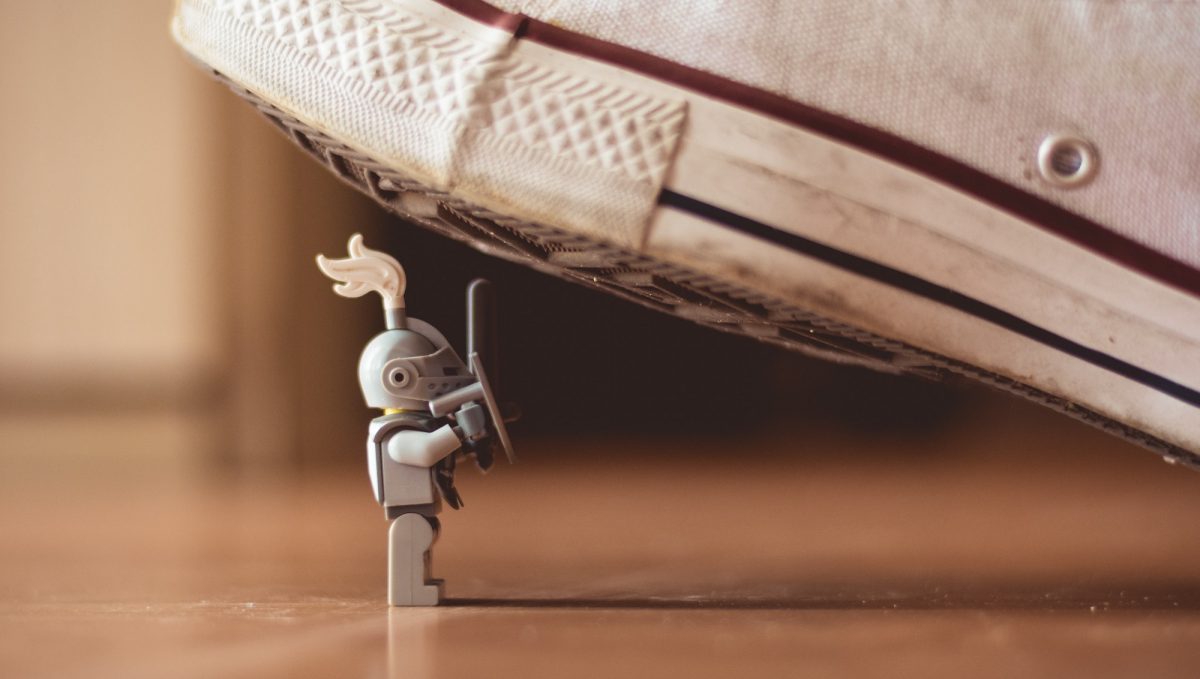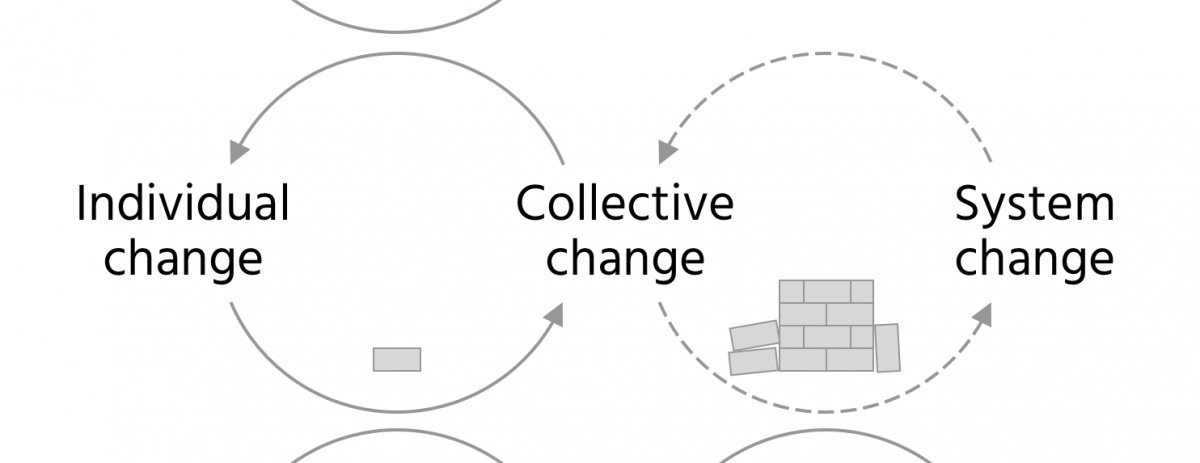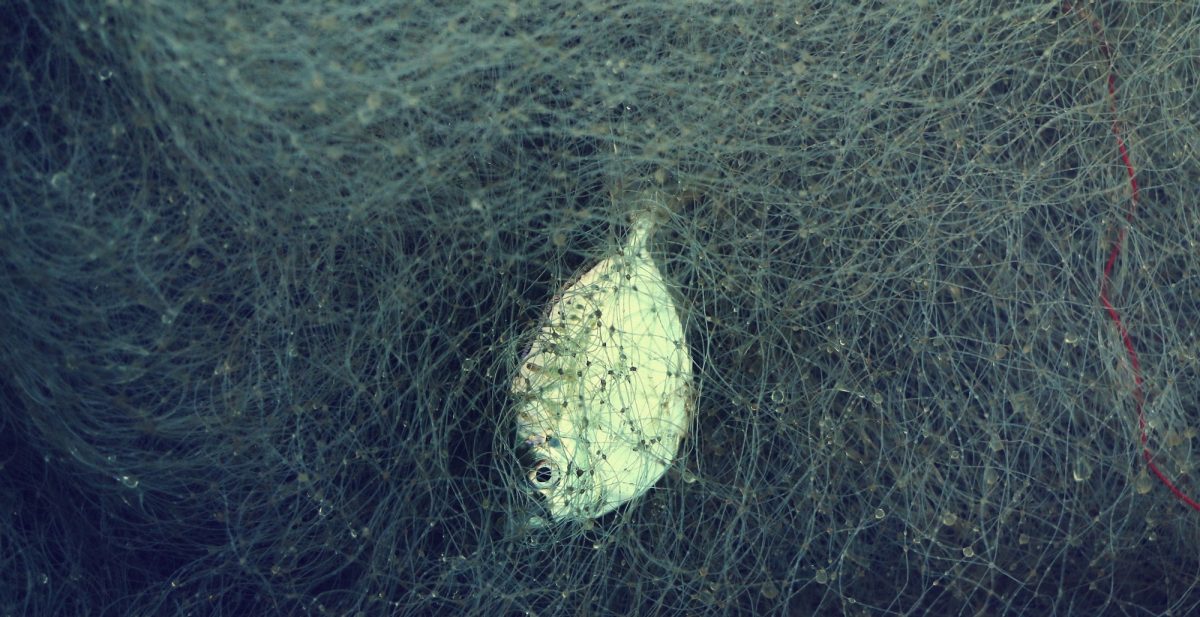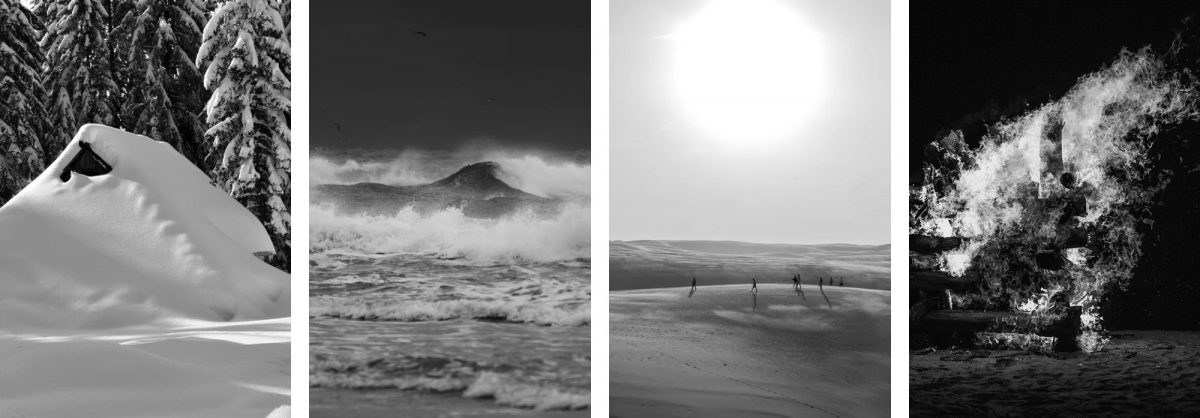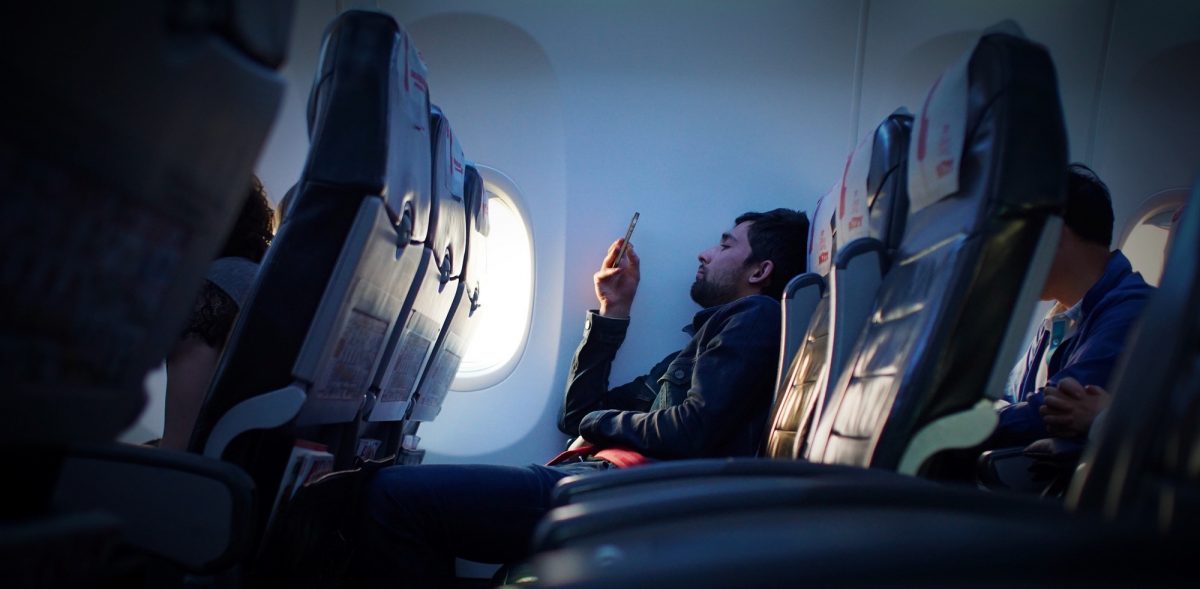I have been using Dovetail extensively on several projects recently and it is an amazing product. Compared to the traditional manual methods, it is a game-changer for collating, highlighting, analysing, and sharing qualitative design research.
I have refined my qualitative research workflow over time and Dovetail is a great addition to my toolkit. However, there are few areas in the product that could be improved to further streamline my workflow. To this end, I have put together a collection of tools called DoveTools.
Continue reading “DoveTools: Visual theming, easier tag analysis and Otter transcripts for Dovetail”
